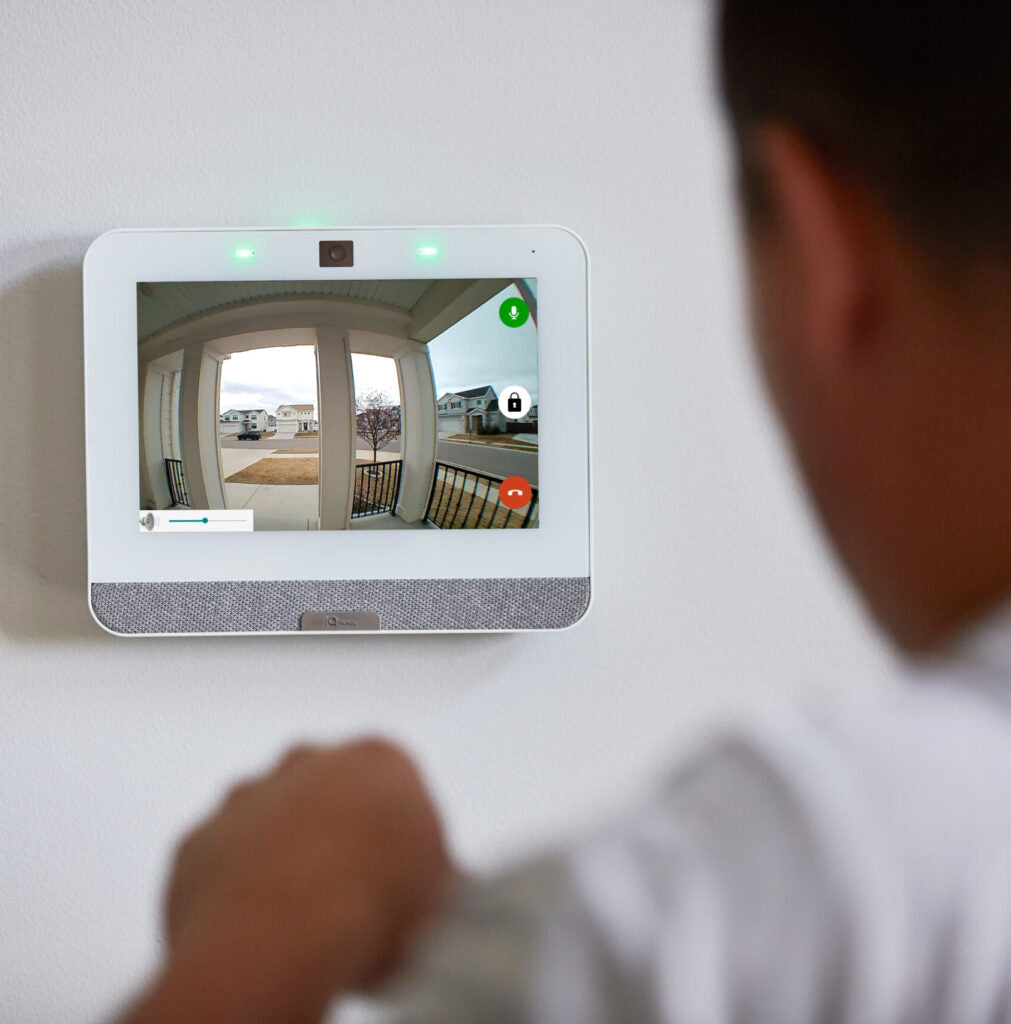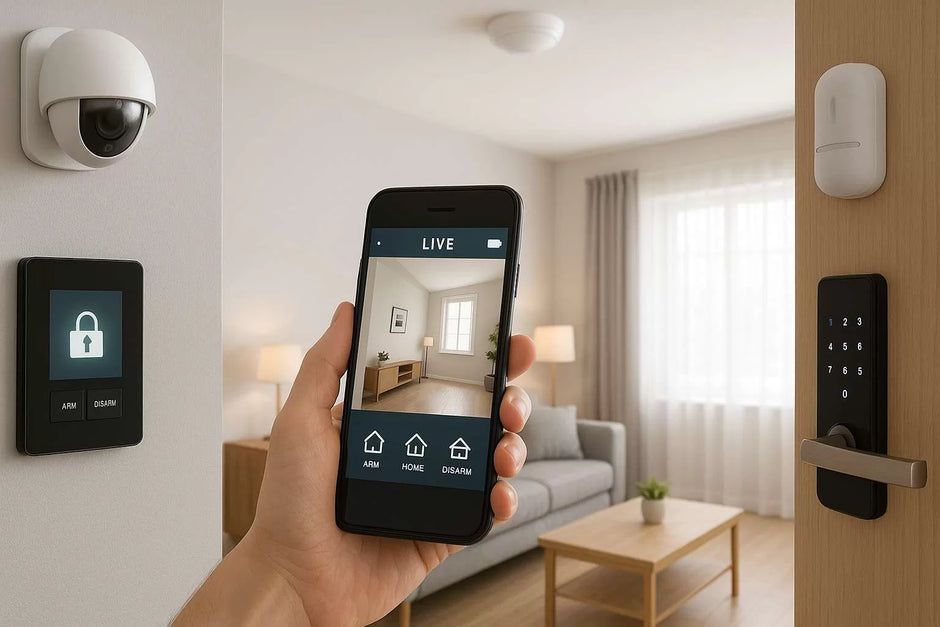As the global population ages, more seniors are choosing to stay in their own homes rather than move to assisted living facilities. This trend, known as "aging in place," offers comfort, familiarity, and independence. But it also raises safety concerns—from fall risks to emergency medical situations. Modern security systems are stepping up to support this need, offering tools that go far beyond traditional burglary protection.
More Than Just Intruder Alerts
Today’s security systems are holistic safety platforms. For aging adults, that means access to emergency assistance, fall detection, wellness checks, and even environmental monitoring—all integrated into a single system. These tools not only help seniors live safely but also provide peace of mind to family members and caregivers.
24/7 Emergency Response at the Push of a Button
Many modern systems come equipped with medical alert pendants or wristbands that seniors can wear. With the press of a button, they can instantly contact emergency services. Some systems can even detect a fall and automatically trigger a call for help, which is especially critical if the individual is unconscious or unable to move.
Smart Sensors That Watch Without Intruding
Motion sensors, door contacts, and bed occupancy monitors can provide caregivers with real-time updates on daily activity. For example, if a senior hasn’t left their bedroom by a certain time, a notification can alert a family member to check in. It’s subtle, non-invasive support that maintains dignity and independence.
Environmental Safety: A Hidden Hero
Security systems are also being used to monitor the home environment—things like smoke, carbon monoxide, gas leaks, or extreme temperatures. Automated alerts and shut-off systems can prevent dangerous situations before they escalate, which is especially important for seniors who may not respond as quickly to alarms.
Remote Access for Caregivers
For families who live apart, mobile apps connected to these security systems are a game-changer. They allow caregivers to monitor the home, check cameras, receive alerts, and even speak to their loved one through two-way communication features built into smart devices.
Supporting Memory and Routine
Some systems offer reminders for medication, appointments, or locking the door—features that are particularly helpful for individuals in the early stages of dementia or cognitive decline. These prompts can help preserve routine and reduce stress for both the senior and their support network.
Conclusion
Security systems have evolved into powerful tools for aging in place, offering more than just protection from intruders. They create a safer, more supportive environment where seniors can live independently, confidently, and with dignity. For families and caregivers, they bring peace of mind and a deeper connection—no matter the distance.
As the demand for at-home care grows, these intelligent, compassionate technologies will continue to play a vital role in redefining what it means to grow older safely.








